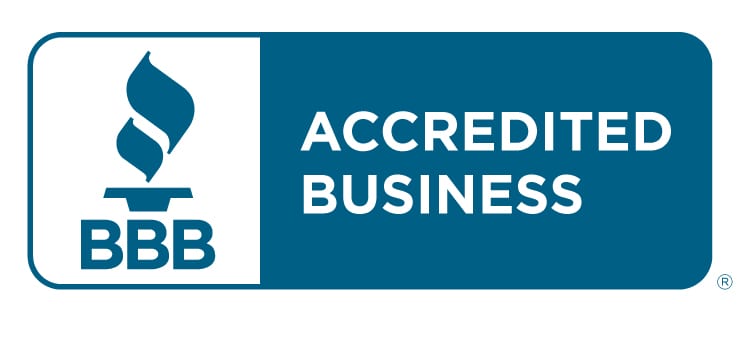
Is Marketing Moving Away From Perfection?
Marketing campaigns have historically featured branding and images that set an impossible standard in an attempt to sell their products or services. In recent years, however, consumers have been advocating for change. They want to have their needs met, not alter who they are.
If brands want to stay relevant, they’ll have to adjust their approach to branding and marketing. Here are a few ways the industry is evolving to compete in a changing consumer climate.
Be authentic.
More than ever before, people care about a brand telling the truth about their products and demonstrating actual, reasonable results.
Consumers aren’t fooled by flawless makeup or airbrushed images. Give your audience a taste of how your brand looks or functions in real life. For example, try using unaltered photos that showcase a variety of people.
Sound like a human being.
The days of telling consumers what they want are long gone. Companies need to prioritize empathy and consider the struggles, dreams, desires and needs of their target audience. More importantly: Address them with direct, jargon-free language.
Focus on accessibility.
It’s essential for businesses to help create an inclusive community. That means being aware of how language, imagery and messaging can impact how someone relates to your brand.
Personalize the experience.
You want people to enjoy interacting with your brand, and forming a connection is even better. Creating ways for your audience to make their experience more personal can help promote loyalty and increase revenue.




